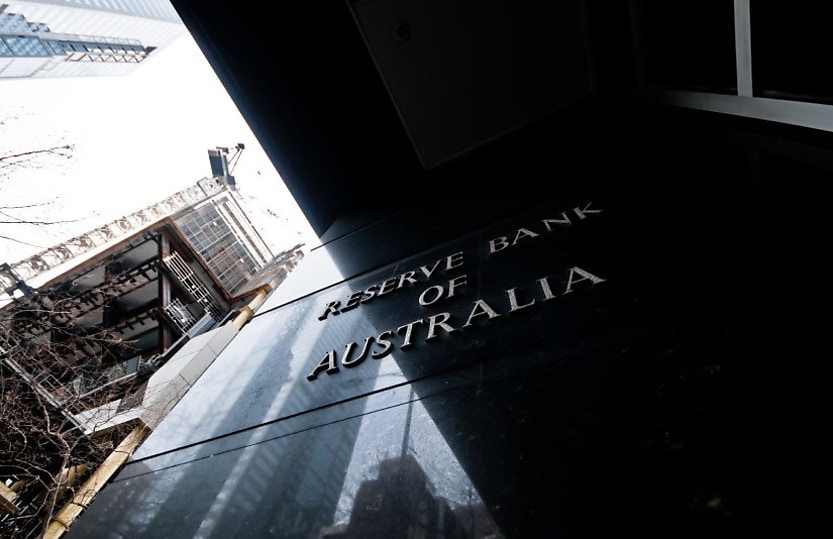Declining competition has left the average Aussie $3k poorer, RBA finds

Australians would be $3,000 better off if competition hadn’t declined over the past decade, a study by the Reserve Bank has found.
From the decade preceding the COVID-19 pandemic, competition in Australia has been in decline. Industries have become more concentrated, leading firms are less likely to be displaced by emerging firms, and price mark-ups have increased.
The RBA research, which aimed to quantify the link between competition and productivity growth, found that the average Australian would be $3,000 richer if competition hadn’t declined in the mid-2010s.
“If competition had not declined, then productivity and therefore output would have been 1–3 per cent higher due to resources being better allocated across firms in the Australian economy, equating, at the upper end, to around $3,000 per person in today’s dollars,” the central bank said.
“These are important findings. They suggest that declining competition in the Australian economy can account for a significant portion of the slowdown in productivity growth, and therefore growth in incomes and living standards.”
Productivity has been a hot topic recently for policymakers following a decade of stagnation. The Productivity Commission has said that boosting productivity back to Australia’s historical average could see the typical worker earning $14,000 more annually.
The RBA said that weak competition had dragged on productivity over the past decade by causing a misallocation of resources across firms.
In Australia, large firms have accounted for a growing share of the sales in their industries, they were less likely to be displaced by new and growing firms, and price mark-ups grew amid weaker competition.
According to the RBA, higher price mark-ups – the ratio between price and the cost of production – led to economic distortions that reduced overall productivity.
“If some firms have higher mark-ups, they will be producing too little at too high a price relative to other firms with lower mark-ups,” it said.
“It would be a more productive use of the economy’s scarce resources to have the high markup firm produce a little more, and the other firm to produce less.”
When the RBA’s model accounted for the broader economic costs of mark-ups, especially regarding their impacts on firms’ production volumes, it returned higher estimates of lost economic activity.
The Productivity Commission has argued that Australia’s corporate tax settings were contributing to its high market concentration, and thus its poor productivity growth.
“Current corporate tax settings distort and restrict investment, and favour incumbents over newer, and smaller, firms. They inhibit competition, growth and innovation among Australian businesses, and discourage overseas firms from setting up in Australia,” the PC wrote in its interim report, ‘Creating a more dynamic and resilient economy’.
As a solution to this, the PC called for company tax rates to be slashed to 20 per cent for firms with annual turnover below $1 billion, and for the introduction of a 5 per cent net cash-flow tax, which is set to target larger firms not undertaking new investments.
“Our proposed reforms will begin to shift the company tax system towards one that better supports investment and productivity growth,” Alex Robson, deputy chair of the Productivity Commission, said.
Importantly, the RBA noted that while declining competition had dampened productivity over the past decade, it probably wouldn’t weigh on future productivity growth unless competition continued to weaken.
“The past decline in competition has significantly dragged on aggregate productivity over the period but, according to the model, should not weigh on future productivity growth,” the central bank said.
“However, if competition continues to weaken, or if weaker competition was to weigh on a firm’s impetus to improve (which is not captured in the model), there still could be ongoing effects.”
About the author
